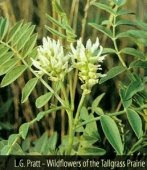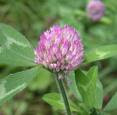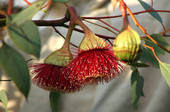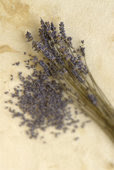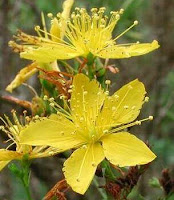Chia
--> Help for Heart Disease
Fibre and omega-3 fatty acids are 2 of the most worrying deficiencies in the modern Western diet. They have been linked to a slew of health problems, from cancer, heart disease and diabetes to poor memory, arthritis ad depression. Chia, beeing high in both, is therefor a smart preventive supplement, helping to support cardiovascular health, reduce inflammation, balance blood sugar, and improve cellular energy production.
A study from the university of Toronto's departement of Medicine measured the effects of adding chia to the diet of patients with type 2 diabetes who were at risk of cardiovascular disease. The researchers concluded thet risk by maintaining optimal glycaemic and lipid control. In my practice I have conducted a trial with patients who are chronic asthmatics to see whether the high omega-3 content in chia seeds would have a beneficial effect on symptoms. I ask my patients to take three 15 grams servings of chia seeds daily for two months; in all cases they reported fewer asthma attacks and reduction in severity and duration of symphtoms. although my finding have yet to be confirmed by chlinical research, I would recommended chia to other asthmatics, especially in the light of broader research in to the ability of omega-3 fatty acid to prevent and modulate attacks
by : Dominic Finney (www.medicineroom.net)

